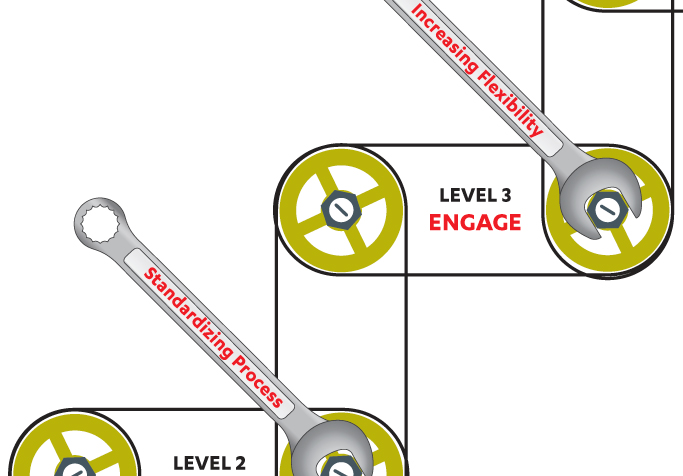Change And The Big Bang Theory
It’s a hectic world out there with technological advances, competitive challenges, and government regulations (just to name a few variables) coming at organizations at breakneck speed. In response, leaders and managers are becoming more worried about failing than they are about learning and improving their organizations’ capabilities. As such, we are finding that even the most forward-thinking organizations are increasingly choosing to hunker down and solidify their positions, as if they can stave off trouble by maintaining the status quo.
The truth is change is coming to a theater near you and soon, but how it comes is entirely up to you. That is the measure of control you do possess. Change can come incrementally or manifest itself as the Big Bang!, and the latter will be much more disruptive than the former, we promise you.
Very often in our line of work we’ll hear someone in IT / IS or Corporate services say, Thank goodness that project is finally finished, as if one particularly pesky piece of business is behind them and it’s smooth sailing ahead. Well, no. If you don’t want to go through the Big Bang! experience (otherwise known as when the wheels fall off), this is not the mindset you should cultivate. Each and every day we at TAG spend considerable energy helping organizations become comfortable with the concept of incremental or continuous improvement. Why? Because if you’re constantly improving, you rarely suddenly arrive at the Big Bang! crossroad.
You can either be the Changer or the Changed, but it is better to be the actor than the acted upon. Change will not be denied. If you choose internal stasis through passivity or inertia, external agents will force you to change because the …
[ Read More ]







